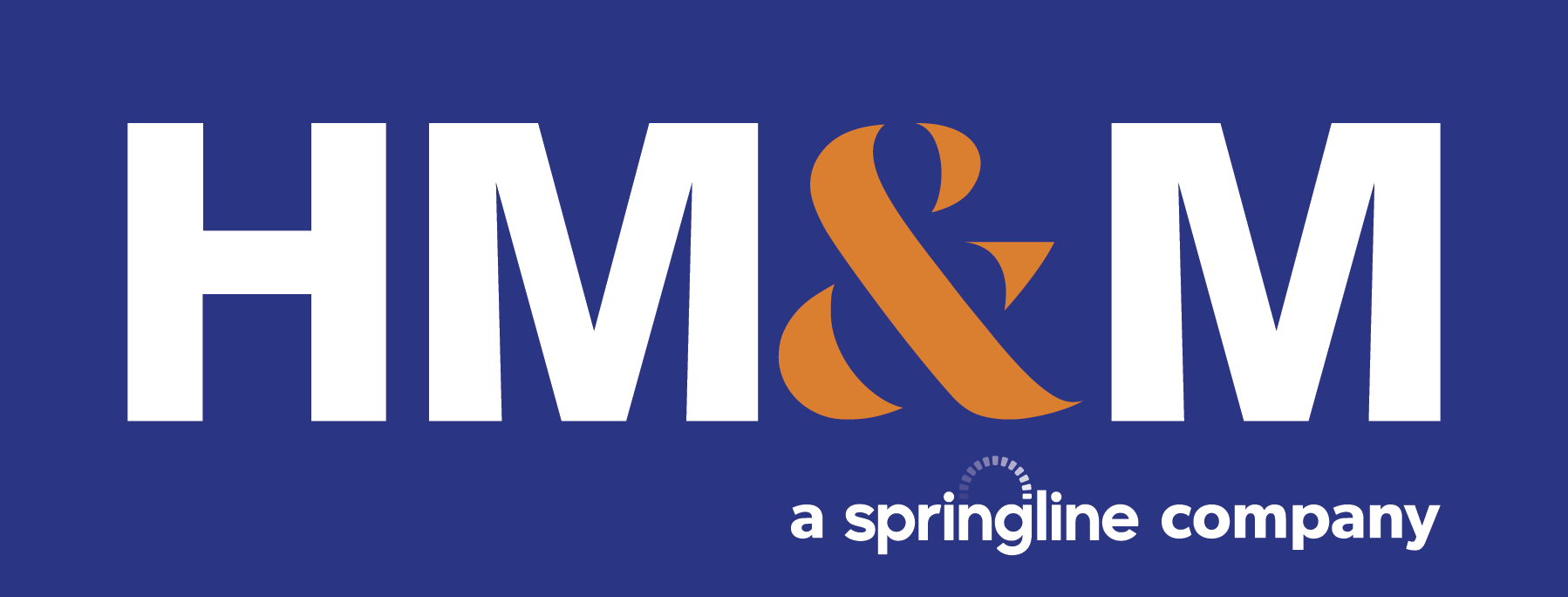Abstract: Private foundations can be highly effective for people who want to leave a charitable legacy, but they’re expensive to set up and operate. Donor-advised funds are popular alternatives, but they also have potential drawbacks. This article compares the two options, looking at operating expenses, distribution requirements, tax treatment, privacy and more.
Private foundations vs. donor-advised funds
Weighing your charitable giving options
If leaving a charitable legacy is important to you, you may be thinking about establishing a private foundation or other vehicle for managing your philanthropic activities. Private foundations can be highly effective, but they’re expensive to set up and operate. Donor-advised funds (DAFs) are popular alternatives, but they also have potential drawbacks.
Immediate deductions are possible
Why use a foundation or DAF? Can’t you just write checks to your charities of choice? Of course, but contributing funds to a private foundation or DAF allows you to enjoy immediate charitable tax deductions without needing to identify specific beneficiaries or make contributions right away. It gives you more time to research potential recipients or change the organizations you support from year to year.
These vehicles also allow you to involve your family in your charitable endeavors. You can name family members to the board of a private foundation or even hire loved ones to manage it. Many DAFs allow you to designate a successor advisor.
How they’re structured
A private foundation is a charitable organization, typically structured as a trust or corporation and designed to accept donations from a small group of people, such as you and your family. Private foundations usually make grants to other charitable organizations rather than provide charitable services themselves.
A DAF is an investment account, controlled by a sponsoring organization — usually, a public charity or community foundation — and often managed by an investment firm. The fund accepts tax-deductible contributions from investors, who advise the fund on how their charitable dollars should be spent.
Pros and cons
DAFs generally can be set up in a matter of days — or even hours. Setting up a private foundation, however, takes time, since it involves establishing a legal entity. Another advantage of DAFs is that they’re inexpensive (or free) to create, and minimum initial contributions can be as low as $5,000. In contrast, starting a private foundation involves significant legal and accounting fees. Foundations also require much larger initial contributions — typically hundreds of thousands or even millions of dollars — to justify their start-up and ongoing administrative expenses.
Here are other ways the two vehicles compare:
Operating expenses. DAFs typically charge management and investment fees of around 1% to 2% of your account balance. Managing a private foundation is much more expensive since you’ll need to appoint a board, hold periodic meetings, keep minutes, file separate tax returns, and incur ongoing legal and accounting costs, in addition to paying investment fees. You’ll also need to hire a staff or engage a third-party administrator, and pay an excise tax on net investment income (currently 1.39%).
Distribution requirements. DAFs aren’t subject to required minimum distributions, so investments can grow tax-free indefinitely (subject to any rules of the sponsoring organization). But private foundations must distribute at least 5% of their net market value each year.
Charitable recipients. Distributions from DAFs must be made to public charities. Private foundations can make grants to a wider range of charitable recipients, including individuals (subject to certain restrictions).
Tax deductibility. Cash contributions to DAFs are tax deductible up to 50% of the donor’s adjusted gross income (AGI), while noncash contributions are generally deductible up to 30% of AGI. For private foundations, the deduction limits are 30% and 20%, respectively. Typically, you can deduct the market value of appreciated assets donated to a DAF. Deductions for donations to foundations are limited to your cost basis (except for publicly traded stock).
Privacy. DAFs are permitted to accept donations privately, so it’s possible for contributors to remain anonymous. Private foundations must publicly disclose the names of donors who give more than $5,000.
Control. This is an area where private foundations have a clear advantage. You and other board members retain full control over the foundation’s investments and distributions. DAF contributions become the sponsor’s property and your role in managing investments and distributions is strictly advisory. Practically speaking, however, sponsors almost always follow contributors’ advice.
Your philanthropic strategy
The right charitable giving vehicle for you depends on many factors, including your financial resources, the charities you wish to support and the level of control you desire. Talk to your advisors about designing a philanthropic strategy that meets your needs.
Latest News
On June 9, the IRS released Announcement 2022-13, which modifies Notice 2022-3, by revising the optional standard mileage ...
At the tail end of 2021, the Internal Revenue Service (IRS) released new Schedules K-2 and K-3 effective ...
This information is current as of Sunday, November 21, 2021. On Friday, November 19, 2021, after the Congressional ...
HM&M Updates
DALLAS, Dec. 11, 2024 – Springline Advisory, a trailblazing financial and business advisory firm, is proud to announce its partnership ...
Last month, Senior Manager, Pearl Balsara was invited to speak at the 2023 FPA DFW Annual Conference in ...
We are pleased to announce the winners of the 2022 HM&M Excellence Awards. Ronna Beemer, Keith Phillips, and ...










